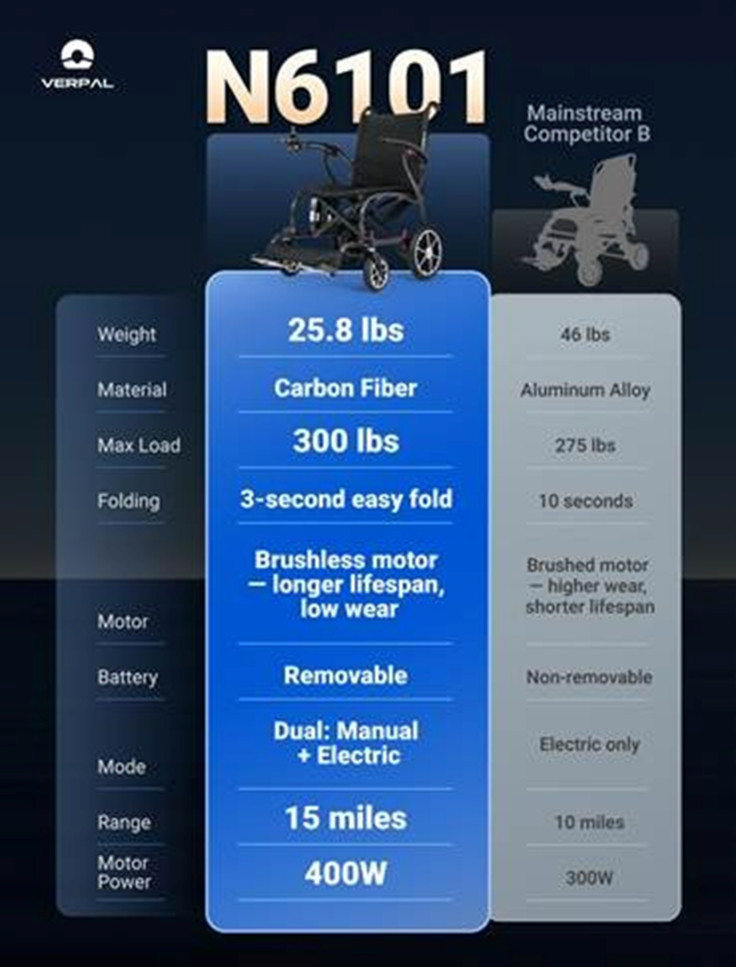1. The Double Burden of Loneliness and “Secondary Injury”
According to Elderly Loneliness Statistics (1), 28% of seniors live alone, accounting for over 14.7 million individuals, and 43% of adults aged 60 and older report frequently feeling lonely. This level of isolation can have a profound impact on their overall health.
As mobility declines and children are often unavailable, even basic activities like going outside become a challenge for many older adults. As time goes by, outdoor activities become less frequent, leading to reduced connections with their communities and friends, and in many cases, complete social isolation.
At the same time, long-term manual wheelchair users face another kind of pain. A study reported (2) that 59% of manual wheelchair users experienced shoulder pain. This highlights that, beyond the loss of mobility, they face overuse injuries from constant wheelchair propulsion—often termed “secondary injuries.” The persistent strain on shoulders and arms not only impacts their physical health but also diminishes their confidence to engage in outdoor activities.
Confronted with the dual challenges of isolation and the physical strain associated with manual wheelchairs, what should be a straightforward activity like going out transforms into a daunting psychological and physical ordeal.
2. No Compromise — Verpal Redefining Accessibility Tools
Traditional wheelchairs often fail to prioritize human-centered design. They tend to be heavy, difficult to fold, and uncomfortable, serving primarily as tools for patient transportation.
However, for seniors and individuals with limited mobility, a wheelchair represents much more—it becomes their “second pair of legs,” integral to daily life. Spending countless hours in a wheelchair, they depend on it for independence and dignity. When a short-term aid transforms into a long-term necessity, these design flaws become increasingly apparent, ultimately turning into significant challenges.
Ken, the founder of Verpal, was inspired to create the brand after witnessing his mother’s struggles with unsuitable wheelchairs following surgery that left her unable to walk. Despite an exhaustive search, he couldn’t find a wheelchair that met her needs for comfort, practicality, and support.
Determined to change this, Ken founded Verpal—a brand dedicated to transforming wheelchairs from a burden into a trusted companion for everyday life. Verpal’s designs are lightweight, comfortable, and reliable, carefully crafted to ease challenges for both users and caregivers.
Verpal believes a wheelchair should be more than just a mobility aid. Like any other form of transportation, it should combine comfort and functionality, turning every outing into a meaningful and enjoyable experience.
3. From the Frame to the Core: Details Achieve the Different
Verpal focuses on the core of what makes a wheelchair truly usable:
- Weight — Verpal carefully selects lighter and stronger materials, such as carbon fiber, for constructing wheelchair frames. This significantly reduces the overall weight of electric wheelchairs, with the lightest model weighing only 25.8 lbs.
- Folding — Each folding mechanism is meticulously engineered and refined, ensuring a smooth and effortless process. Some Verpal electric wheelchair models can be folded in seconds, making them ideal for travel.
- Load Capacity — By optimizing weight distribution across the frame, Verpal achieves both lightweight portability and exceptional strength. Verpal power wheelchairs can support up to 330 lbs without compromising durability.
- Seating Comfort — Verpal emphasizes user comfort through ergonomic designs. From armrests to the seat and backrest, every touch point is crafted to fit the human body, ensuring comfort during extended use.
Verpal vs Other Power Wheelchairs

4. Verpal’s Product Line — Different Needs, One Shared Goal
Verpal provides a comprehensive selection of mobility solutions, including walkers and power wheelchairs, all meticulously designed to enhance the ease and enjoyment of going out.
A Customer Story — How “Oliver” Gave Life a Fresh Start
At 58 years old, Mary (pseudonym) struggled with her three-wheel scooter, finding constant disassembly and reassembly draining. She often avoided outings altogether. That changed when she discovered the Verpal power wheelchair.
“It’s so easy to fold, I can lift it into the car on my own,” Mary shared. She quickly mastered the joystick and affectionately named her wheelchair “Oliver.”
For Mary, Oliver represents more than mobility—he symbolizes freedom. Effortlessly navigating indoors and enjoying the outdoors, she feels her life has transformed. “I’m not an athlete, just an ordinary 58-year-old woman. But with Oliver, I’m finally living the life I want.”
Verpal: Making Every Journey Possible

5. Breaking Free: Independence in Every Journey
Verpal understands that mobility is about more than just movement—it represents independence, dignity, and confidence for seniors and individuals with limited mobility.
With this vision, Verpal is steadily gaining recognition among families and caregivers as a reliable partner—ensuring that true companionship is never limited by weight or distance.
From leisurely walks in the neighborhood park to long-anticipated visits with loved ones, Verpal remains committed to making mobility seamless and free from unnecessary challenges—keeping every connection to life within reach.
6. Making the Next Outing Easier
Maybe your parents haven’t been out for a while, or maybe you once gave up a trip because it felt “too much trouble.”
With Verpal, that changes—starting today. Use the exclusive discount code: ORDER50USDOFF at checkout on our official site, Verpal, or reach us directly at service@verpalife.com for more details and practical accessories.
The next outing shouldn’t be a challenge—only a moment to look forward to.
- 1. Elderly Loneliness Statistics: https://www.consumeraffairs.com/health/elderly-loneliness-statistics.html
- 2. Shoulder MRI Findings in Manual Wheelchair Users with Spinal Cord Injury: https://www.medrxiv.org/content/10.1101/2020.07.29.20164673v1.full.pdf
